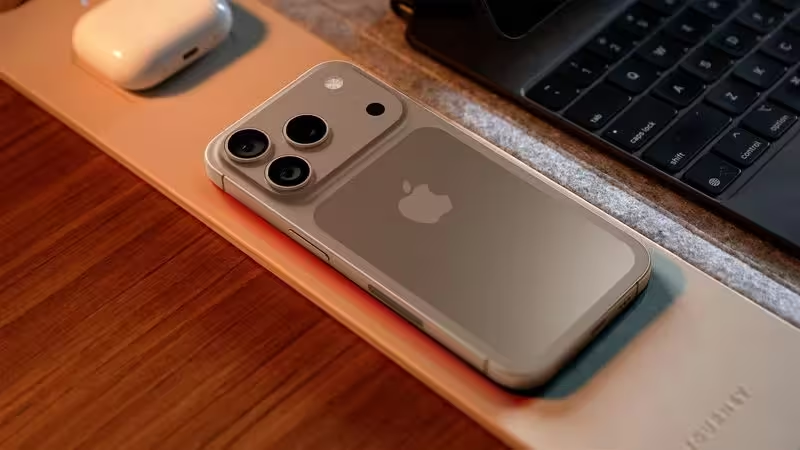4 Minutes
Overview: Why iPhone 17 Prices Could Rise
Analyst Jeff Pu of GF Securities warns that iPhone 17 models will "likely" be more expensive than iPhone 16 models in the United States. Pu ties the potential price increase to evolving U.S. tariff policies on smartphones assembled abroad. With Apple manufacturing iPhones in both China and India, shifting duties could drive retail prices higher for consumers.
Tariffs, Supply Chain and Market Impact
Tariff dynamics
According to coverage in The Wall Street Journal, Apple currently faces a 20% tariff on iPhones imported from China, while iPhones imported from India are not assessed the same levy—though tariff rules have changed repeatedly in recent years. On an earnings call, CEO Tim Cook noted that most iPhones sold in the U.S. are currently imported from India, which complicates forecasts tied to national sourcing.
Potential price increase estimates
Wall Street commentary has put a hypothetical iPhone 17 price rise in the range of $50 to $100 versus equivalent iPhone 16 models. Those figures are speculative, but they reflect the scale of cost pressure that tariffs and logistics shifts could introduce to smartphone pricing.
Product Features and Possible Changes
Storage and model positioning
Even if Apple raises MSRP, it can soften consumer perception through product changes. One likely move: increase the iPhone 17 Pro base storage from 128GB to 256GB, bringing the Pro in line with the Pro Max, which has started at 256GB for several generations. That kind of feature rebalancing—higher baseline storage, unchanged starting price in past cycles—helps Apple justify adjustments while delivering tangible value to buyers.
Hardware and software expectations
Beyond storage, upgrades to processors, camera systems, battery efficiency and iOS optimization remain the usual levers for Apple to enhance value. Those improvements will matter to professional users who rely on mobile photography, video editing, and AR/AI features.

Comparisons, Advantages and Use Cases
Comparison with iPhone 16
Compared to iPhone 16, an iPhone 17 line could offer modest generational improvements — faster silicon, camera refinements, and increased minimum storage. If prices rise, Apple may pair those upgrades with better base specs to reduce sticker shock.
Advantages and practical use cases
Higher storage and upgraded internals benefit creative professionals, mobile gamers, and enterprise users who need secure, high-performance devices. For consumers who keep phones several years, incremental hardware and software gains improve longevity and resale value.
Market Relevance and Pricing History
Apple has kept the U.S. starting price for its Pro-equivalent model at $999 since the iPhone X in 2017, earning a reputation for pricing discipline. Still, market conditions and tariff policy shifts mean that "benefit of the doubt" can end—so buyers and industry watchers should monitor announcements closely ahead of launch season.
What to Watch Next
Expect more analyst notes, supply-chain reporting, and comments from Apple leadership as the iPhone 17 launch window approaches. Key signals include formal MSRP announcements, confirmed country of origin for U.S.-bound units, and any change to Apple’s storage tiers.
Note: Do not remove, replace, or modify any of the original images from the source content — keep all image placements, captions, and formats exactly as they are.
Because the discussion around tariffs and manufacturing is political in nature, the community thread for this topic is located in our Political News forum. All visitors may read and follow the thread; posting is limited to forum members with at least 100 posts.


Leave a Comment